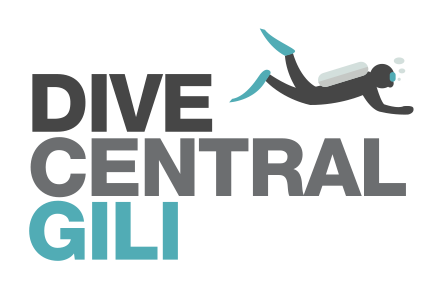Buoyancy
Well, buoyancy is the key skill when is comes to diving properly. It is the make-or-break between having an easy dive and a dive with problems or difficulties. It is the one skill that we need to practice for a long time before mastering it properly and it is what you as a diver need to fully have under control in order to have the "textbook", easy, effortless dive.
If you are a newly certified diver, even if you think you have your buoyancy under control - the odds are that you probably do not. Don't despair though, with a little bit of time and practice you can rapidly improve your diving skills and master some techniques that will aid your buoyancy. Once you have it you are rewarded with the feeling of floating effortlessly through the water, a bit like an astronaut in space!
Diving regularly
Practice makes perfect is a phrase that fits well for what we are talking about. Simply diving a lot, doing more challenging dives such as wall dives, taking underwater photos or diving dive sites with a sensitive bottom composition will, over time, improve your buoyancy. There are a few set backs with this method though - we risk picking up bad habits because we are not trained by a professional who can share their tips for improvement. Individual practice is great, but not knowing the basics of buoyancy in the first place is like trying to learn how to drive from someone who does not have a driving licence!
If you would like to do some individual practice but don't really know how to - there are a few tips and tricks you can use. One common mistake divers tend to make is to constantly keep swimming to keep their body at one depth. Try and simply stop at one point during the dive and see what happens. If you sink - add some air to your BCD and think about whether you should take a weight off for the next dive. If you float - release some air and let your self sink down. The goal should be that you neither sink nor float, thus meaning that you have successfully achieved neutral buoyancy. Most entry-level divers are over weighted, so if you feel like you need to add a substantial amount of air to gain neutral buoyancy - take a kilo off and see if this improves your position in the water.
Every part of the dive should be practicing - the safety stop is a perfect time for just that. Try and hover at 5.0 meters using just your breathing. Try to avoid playing around with your BCD too much, it should be you that is in control, not your equipment.
Getting taught
On the first day of your open water course, the instructor showed you the basics in buoyancy - how to find neutral using the fin pivet and the hover. But training your buoyancy expands past that. You can take separate courses like the PADI Peak Performance Buoyancy specialty course. There your instructor will teach you proper training, different breathing techniques, position in the water, proper weighting and so on.
Mix it up
The best and most efficient way to perfect your buoyancy is by using both methods - getting a head start with an experienced instructor and afterwards bringing your new found knowledge with you on your fun dives. You can also ask your buddy to bring a camera and film you underwater, looking at the footage afterwards can assist you in changing how you are acting during your dive.


